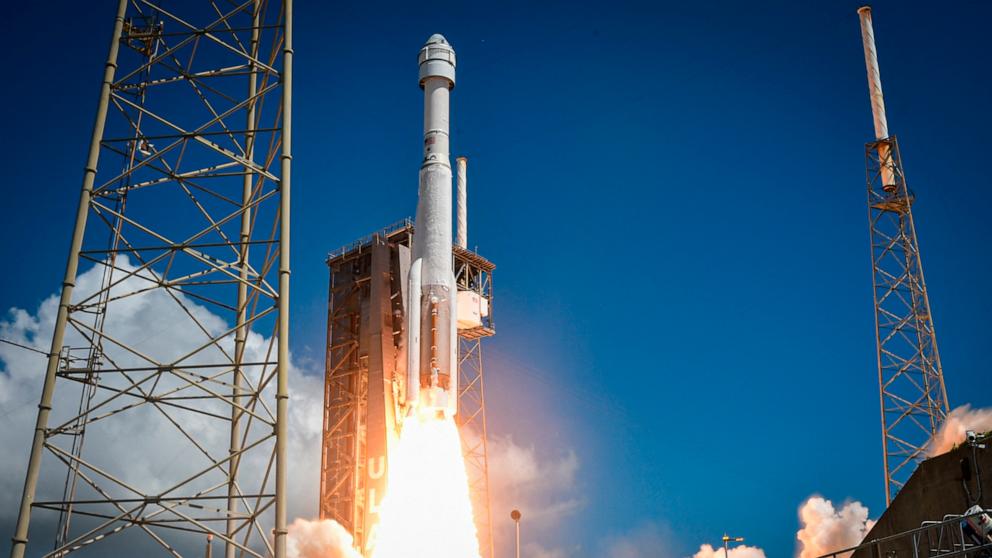
NASA said two helium valves were closed.
Boeing’s Starliner successfully docked with the International Space Station Thursday afternoon, marking another milestone in the spacecraft’s first crewed test flight.
NASA and Boeing confirmed that the Starliner docked at 1:34 p.m. ET. NASA said that astronauts Barry “Butch” Wilmore and Sunita “Sonny” Williams will soon enter the orbiting laboratory of the International Space Station, where they will spend about a week. Posted on social media platform X
It comes after a helium leak and a propulsion problem threatened to delay the Starliner’s docking.
Three helium leaks occurred during the Starliner’s arrival at the International Space Station, according to the American “space” website. Share on X From the agency’s Johnson Space Center late Wednesday.
One of the leaks “was discussed in advance of the flight along with the management plan. The other two leaks are new since the spacecraft reached orbit,” the X post said.
The leaks are similar to those discovered during the Starliner launch attempt that was scheduled for May 25. This launch was canceled after a small helium leak was discovered in the service module, which contains support systems and tools for operating the spacecraft.
Helium is used to pressurize the spacecraft’s thrusters, allowing it to fire, according to the American “space” website. Boeing.
It is currently unclear how much helium will leak or whether it will affect the Starliner’s performance and its ability to return to Earth in eight days.
However, two helium valves were closed and the spacecraft was “stable,” NASA said at the time.
Starliner was scheduled to dock at the International Space Station at 12:15 p.m. ET on Thursday, but was forced to postpone after mission control identified a problem with the Reaction Control System (RCS) jets that help maneuver the spacecraft’s propulsion.
The spacecraft was positioned in what’s called an “avoidance field,” about 200 meters from the ISS, until another docking window opened at 1:33 p.m. ET.
Williams and Willmore are expected to spend one week aboard the International Space Station and evaluate the Starliner and its systems. Upon its return, the spacecraft will deploy its parachutes and airbag system, landing the pair in the western United States
If the mission is successful, NASA could certify the spacecraft for routine missions to and from the International Space Station. NASA primarily uses SpaceX’s Dragon spacecraft to transport crew and cargo to the International Space Station.

“Web maven. Infuriatingly humble beer geek. Bacon fanatic. Typical creator. Music expert.”





More Stories
Scientists confirm that monkeys do not have time to write Shakespeare: ScienceAlert
SpaceX launches 23 Starlink satellites from Florida (video and photos)
A new 3D map reveals strange, glowing filaments surrounding the supernova